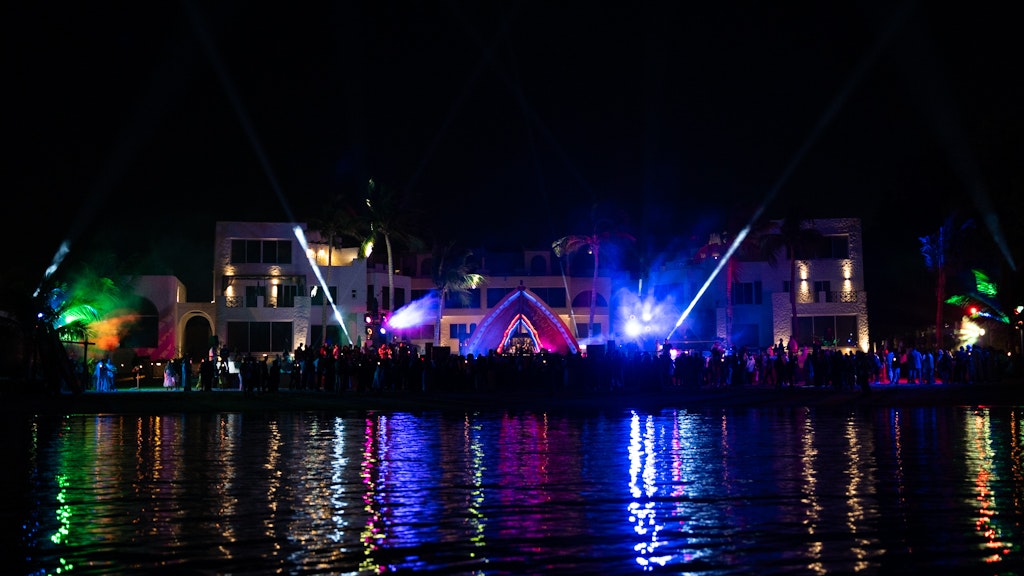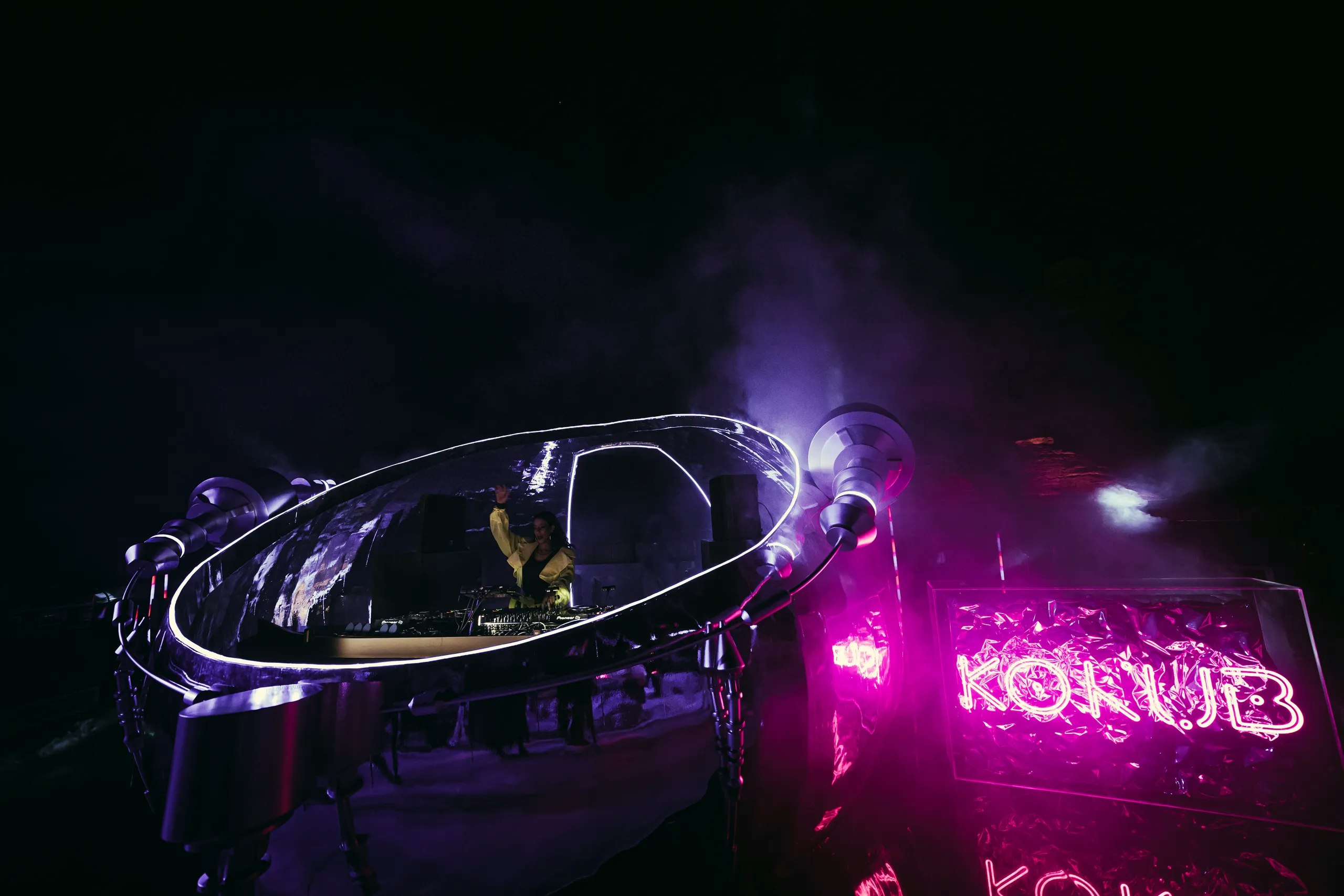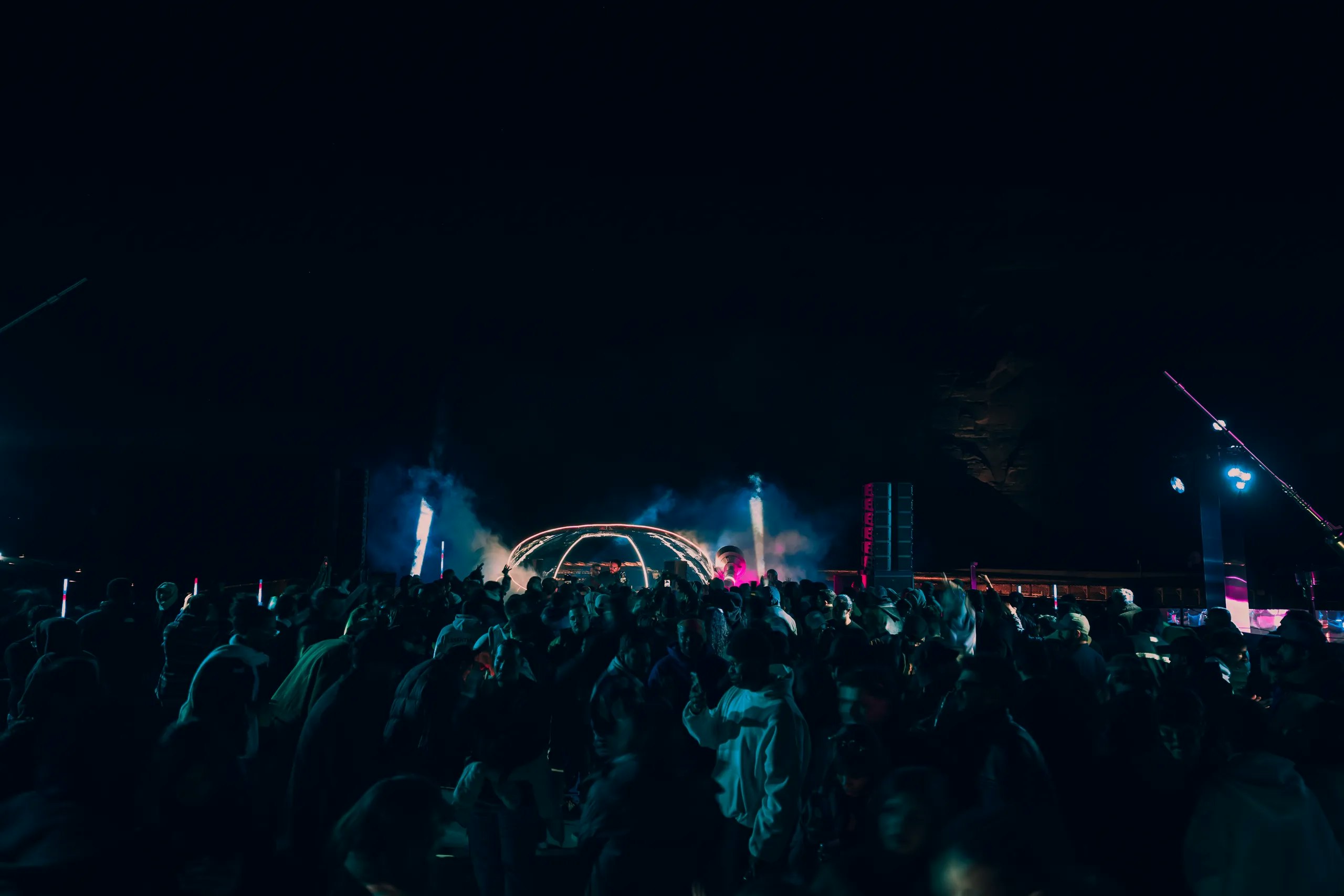

How Directors Use Music to Shape Film Scenes | MDLBEAST
By MDLBEAST
September 24 2025
How Directors Use Music to Shape Film Scenes | MDLBEAST
By MDLBEAST
September 24 2025
Music and Film: How Directors Use Songs to Set the Scene
Films have always embraced music for many occasions, heightened emotional engagement, increased ambiance, or merely a catchy film song. Other times, however, the director is the musical fairy godmother, providing unsuspecting audiences with exactly what they never asked for but always needed, from well-known stars, in a seemingly musical-sounding world.
Setting the Emotional Tone
Maybe the most crucial way music affects film is by creating an emotional setting. A scene can be happy, sad, suspenseful, or nostalgic, even without dialogue, such aural manipulation has created scenes. For example, the movie Ghost (1990) plays "Unchained Melody," and although it's a romantic theme, it renders a pottery scene in the film one of the most iconic scenes ever. On the other hand, horror films are saturated with doomy, anxiety-filled sounds that eat at people's dread before it even occurs.
Defining Characters and Themes
Yet on the flip side, music can serve as an auditory form of characterization and an understanding of who someone is or where they're going. This is a theme or a leitmotif. For example, anyone who hears the Imperial March knows that Vader is coming; the film's intent of this villainous character is established. The same goes for Quentin Tarantino and his characters, I can always tell who they are across his films, from Pulp Fiction to Kill Bill, because the songs eventually reveal who they are.
Music as a Storytelling Device
Beyond evoking emotions, music plays a direct role in storytelling, often foreshadowing events, reinforcing themes, or driving the narrative forward.
Foreshadowing and Symbolism
Much later, however, songs serve as recurring motifs by the director to hint at and softly acknowledge to the viewer what is yet to come. For example, the subsequent play of "The Sound of Silence" by Simon & Garfunkel in The Graduate (1967) when the main character is suspended in his pool gives this man no awareness of what's going on, his confusion, and ultimately, his wasted life. Thus, when it's played again in that scene later, it's a more poignant device.
Establishing Time and Place
Moreover, music positions a movie in time and space. For example, films like Forrest Gump incorporate songs from appropriate eras to expose when and where attention spans time, and the music helps legitimize what one sees. Similarly, the use of Middle Eastern instruments in Aladdin or the sounds of Latin beats in Coco create an aural atmosphere for the setting.
Enhancing Transitions and Pacing
Music is associated with transitions and pacing within a film. A new tempo creates a sense of urgency or a tonal cue. This is what the masters utilize, Nolan and Scorsese. Nolan's Inception establishes the tempo of Zimmer's Time for it to crescendo over time.
The Collaboration Between Directors and Composers
Crafting Original Scores
But there is, however, another path to follow. Those directors who do use scoring but not songs typical to exist at the time tend to have their vision of the film and seek out composers. Spielberg and Nolan showcase how a score fashioned from directorial intention enhances the story. For example, a score like Nolan's Interstellar (2014) resonates in audience members' ears well after the film is over because it fits the story.
Licensing and Song Selection
Selecting existing songs involves careful consideration of licensing, costs, and thematic relevance. Films like Guardians of the Galaxy (2014) use classic rock hits not just as background music but as an integral part of the protagonist’s character. Similarly, Baby Driver (2017) choreographs entire action sequences to its soundtrack, showcasing how music can drive a film’s energy and style.
The Cultural Impact of Music in Film
Iconic Soundtracks That Transcend Cinema
Then there are soundtracks that become trends themselves. For example, the Saturday Night Fever (1977) soundtrack established disco prominence in the 1970s, while the Black Panther (2018) soundtrack made Afrofuturistic sounds accessible to literally a global audience. Similarly, soundtracks have come from Arabic films to further cement cross-cultural filmic endeavors. For example, Youssef Chahine's Al Maseer (1997) is an Egyptian film that features the music of Gabriel Yared, a classical orchestration sound of the East-meets-West for traditionally established pieces. However, Lebanon's West Beirut (1998) is an entire compilation soundtrack of older Arabic pop songs. These collections and compilations possess the power to secure international listening trends far beyond the final credits roll.
The Role of Music in Modern Cinema
With streaming availability on the rise, soundtracks have also become a component of cinematic releases. For soundtracks, films generate playlists that spin to millions of streams, and at the same time, singles from the albums get cut deeper into the filmic realm. Discover how this crossover occurs with MDLBEAST's BEAST ED. See how music changes across these realms.
Music and Film: A Timeless Partnership
Music is more than just a background element in film, it is a storytelling device that enhances emotions, defines characters, and shapes cultural impact. Whether through carefully curated soundtracks or powerful original scores, directors use music to create unforgettable cinematic experiences. The next time you watch a film, pay close attention to its soundtrack, you might discover a new dimension to the storytelling process.
Share this


